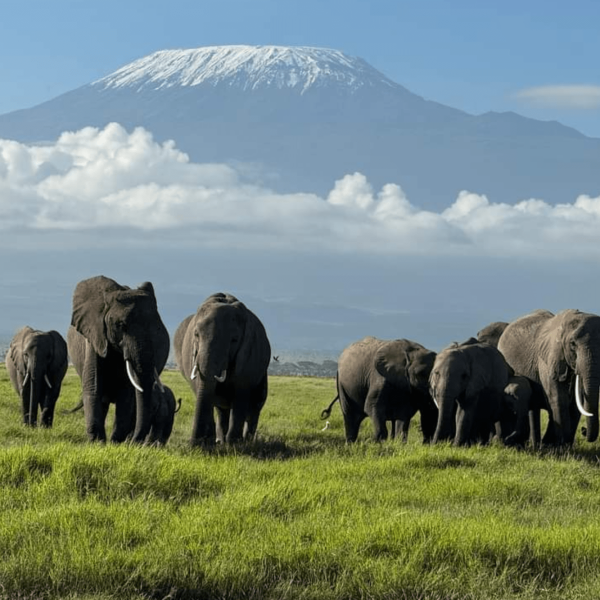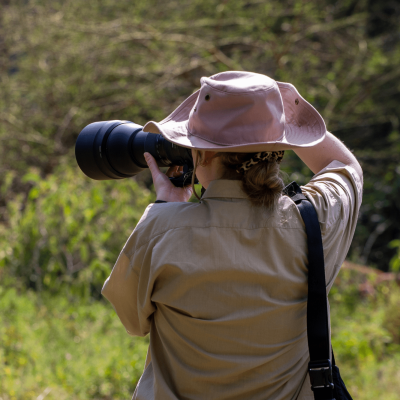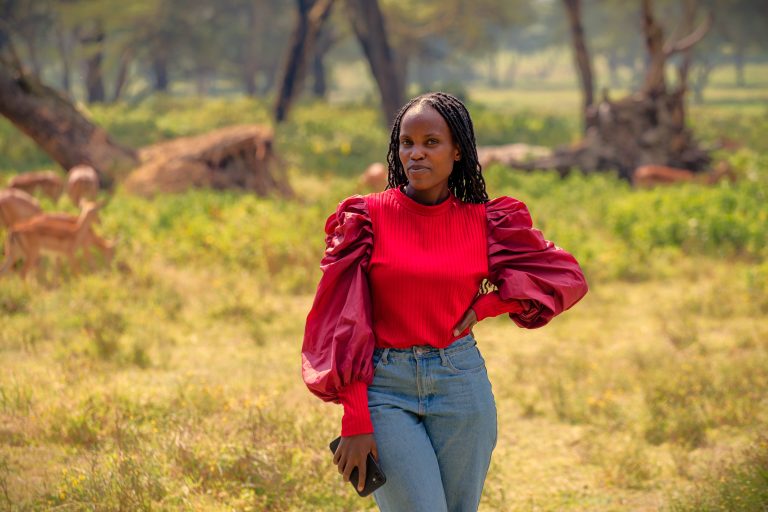Dedicated
Safari Planner
WHAT I OFFER
I’m Misaro Chweya, a seasoned safari specialist and travel curator dedicated to crafting unforgettable journeys into East Africa’s most breathtaking destinations. With over three years of experience, I’ve curated 100+ custom-made safari packages, showcasing the awe-inspiring wildlife, landscapes, and cultures of Kenya, Uganda, and Tanzania. Having successfully led 90+ safaris across 22+ destinations, I specialize in creating adventures that are as unique as they are seamless. Whether it’s witnessing the Great Migration in the Maasai Mara, tracking mountain gorillas in Uganda, or exploring the vast Serengeti savannahs, I ensure every detail of your journey is perfectly tailored. Experience East Africa like never before with me!
SAFARI EXPERT
Why Choose Me?
I bring unmatched local expertise, personalized service, and a deep passion for East Africa’s beauty to every safari I craft. With three years of experience, I promise unforgettable journeys tailored just for you.


Customized Safari Experiences
No two travelers are the same, and neither are my safaris. From private game drives and cultural excursions to luxury bush lodges and serene seaside retreats, I design every itinerary around your unique interests, schedule, and budget. Your journey will be as special as you are.
Expert Accommodation Selection
With my background in real estate and house hunting, I know what it takes to find the perfect place to stay. I’ll make sure you enjoy accommodations that are comfortable, authentic, and conveniently located near East Africa’s top attractions.
Handpicked Travel Guides
Your safety, enjoyment, and learning experience are my top priorities. I work with highly trained and personable guides who bring each destination to life, enriching your journey with deep local knowledge and warm hospitality. Together, we’ll create memories that last a lifetime.
More about me
3+ Years of Experience
100+ Custom Safaris
22+ Destination
3+ Countries
and much more


“Outstanding tour operator with personalized service. Misaro called the Giraffe Manor every day for a month to secure our reservation. They handled our safaris before and after our surgical mission trip. We will return to Kenya and we will use Daylight Adventure & Safaris!”

Curated Safaris That Are Unique & Memorable
Embark on a journey where adventure meets expert planning. With a passion for East Africa’s beauty and over three years of experience, I design safaris that capture breathtaking landscapes, thrilling wildlife encounters, and rich cultural immersion. Let me turn your travel dreams into reality with personalized itineraries and flawless attention to detail. Explore top destinations like the Maasai Mara, Serengeti, and Bwindi Impenetrable Forest with confidence and ease.
Who will handle my safari if I book through Misaro Chweya?
When you book through Misaro Chweya, your safari will be meticulously planned by Misaro herself. The execution of the tour, including logistics and operations, will be handled by Daylight Adventures & Safari, ensuring seamless delivery of your safari experience.
Is there a difference between booking directly with Daylight Adventures and through Misaro?
Booking through Misarochweya.com allows you to benefit from Misaro Chweya’s personalized touch, expertise, and curated packages. While Daylight Adventures executes the tours, Misaro ensures that every detail of your itinerary is tailored to your preferences and travel goals.
How many safari packages does Misaro Chweya offer?
Misaro Chweya offers 9 carefully curated safari packages ready for you to choose from. However, most safaris are customized to your unique preferences. If you have an idea for your dream safari, Misaro will work with you to make it a reality, ensuring every detail is tailored to your needs.
Can I customize a safari package with Misaro Chweya?
Absolutely! Misaro Chweya specializes in creating customized safari experiences. Whether you choose one of her pre-designed packages or have a specific vision in mind, Misaro will work closely with you to tailor your safari to perfection.
TALK TO ME
Ready to Explore?
Don’t wait to discover the wonders of East Africa. Reach out to me, and I’ll turn your travel dreams into unforgettable memories. Let’s create a journey you’ll cherish forever!

- +254 740 120 530
- [email protected]
- Monday to Friday 7am to 8pm
- College House, 1st Floor Koinange St, Nairobi
East Africa Unveiled with Misaro Chweya
Each edition offers expert travel tips, reveals hidden gems, and shares inspiring stories to help you craft unforgettable memories. Let East Africa inspire your next great adventure!